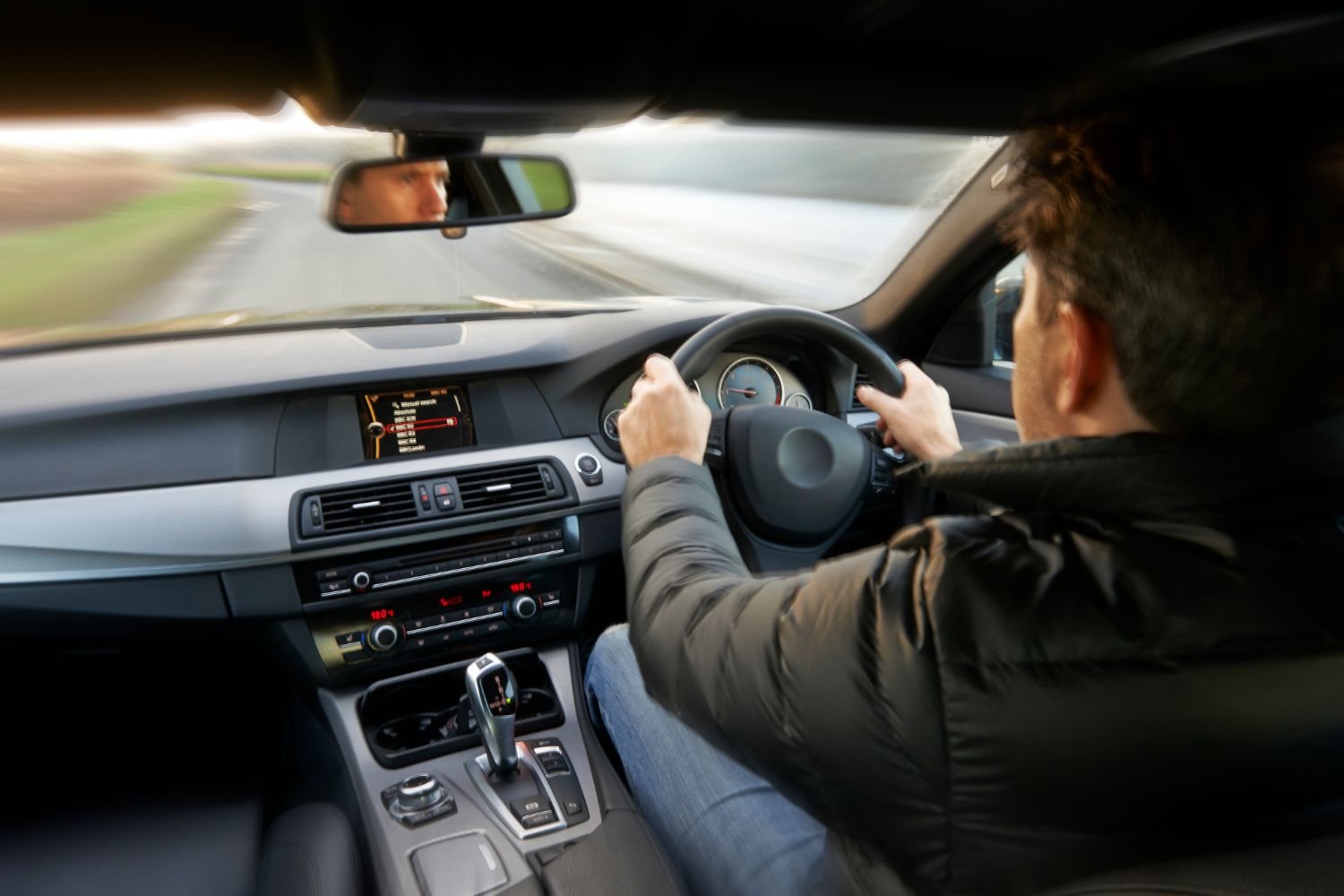While the Australian government makes more than a billion dollars in revenue off speed-related fines alone, there’s also a handful of road rules that are unlikely to be enforced but could catch you out if you happen to break them.
Each state and territory has its own bespoke set of rules and subsequent consequences making it difficult for interstate travelers, but they’re all covered by the Road Traffic Act (1961).
We’ve delved into the fine print and found there are more than a few that’ll catch you unaware..
WATCH NOW: How to choose a new car that’s right for you. Article continues after video.
Tooting your horn
According to Regulation 224 of the Australian Road Rules (ARR), you’re breaking the law if you honk your horn unnecessarily. Yep, that even includes friendly ‘hello’ and ‘goodbye’ toots!
“A driver must not use or allow to be used, a horn, or similar warning device, fitted to or in the vehicle unless it is necessary to warn other road users or animals of the approach or position of the vehicle – or if it is being used as part of an anti-theft device, or an alcohol interlock device, fitted to the vehicle,” the rule reads.

Leaving your keys in the ignition and the car unlocked
Not only is it a common-sense rule, but the ARR insists you must secure your car when away from the driver’s seat. And that’s before we get to the issue of your insurance company not coughing up if your car is stolen with the keys in the ignition.
It also falls under Regulation 213.
“The driver must remove the ignition key before leaving the vehicle. If the driver will be over three metres from the closest part of the vehicle and there is no one left in the vehicle, the driver must secure the windows immediately before leaving the vehicle (if the windows of the vehicle can be secured) and lock the doors immediately after leaving the vehicle (if the doors of the vehicle can be locked).”
Driving abnormally slowly
We’ve all become frustrated with slow drivers, but in some circumstances, they technically may be breaking the law by impeding your path under Regulation 125 of the ARR.
According to the legislation, an example of abnormally slow is “driving at a speed of 20 kilometres per hour on a length of road to which a speed limit of 80 kilometres per hour applies when there is no reason for the driver to drive at that speed on the length of road.”

Speeding up while being overtaken
Among the most infuriating moves some motorists can make is to speed up just as soon as someone goes to overtake them.
However, it’s against the law to accelerate while you are being passed by another vehicle on a two-way road.
According to Regulation 145, “the other driver must not increase the speed at which the driver is driving until the first driver has passed the other driver, has returned to the line of traffic where the other driver is driving and is a sufficient distance in front of the other driver.”
Take note!
Not leaving your hand brake on
This rule is covered under Regulation 213 of the Act under the subheading of Making a Motor Vehicle Secure.
According to the regulation, “before leaving the vehicle, the driver must apply the parking brake effectively or, if weather conditions (for example, snow) would prevent the effective operation of the parking brake, restrain the vehicle’s movement in another way.”

Using your fog lights in clear conditions
Regulation 217 says it is an offence to operate either front or rear fog lights “unless the driver is driving in fog or other hazardous weather conditions causing reduced visibility.”
According to the rule, a front fog light means any light other than a headlight fitted to improve visibility, while a rear fog light is defined as “a light other than a brake light, a tail-light, a number plate light or a reversing light which is fitted to the rear of a vehicle to make it more visible.”
Reversing too far
Forget reversing halfway down the road to nab that parking spot, under Regulation 296 of the Australian Road Rules, it is an offence for a driver of a vehicle to reverse a vehicle “further than is reasonable in the circumstances.”



